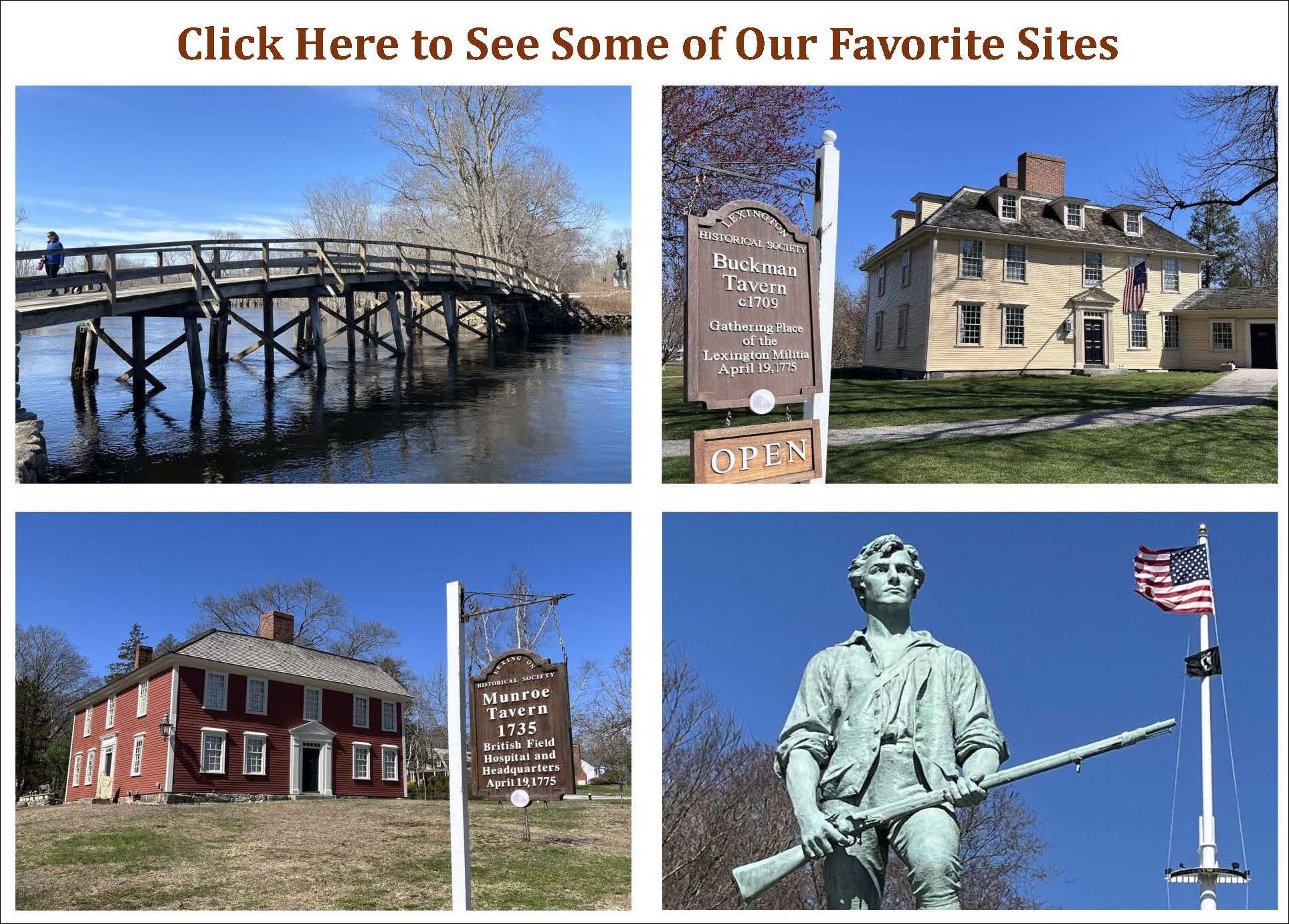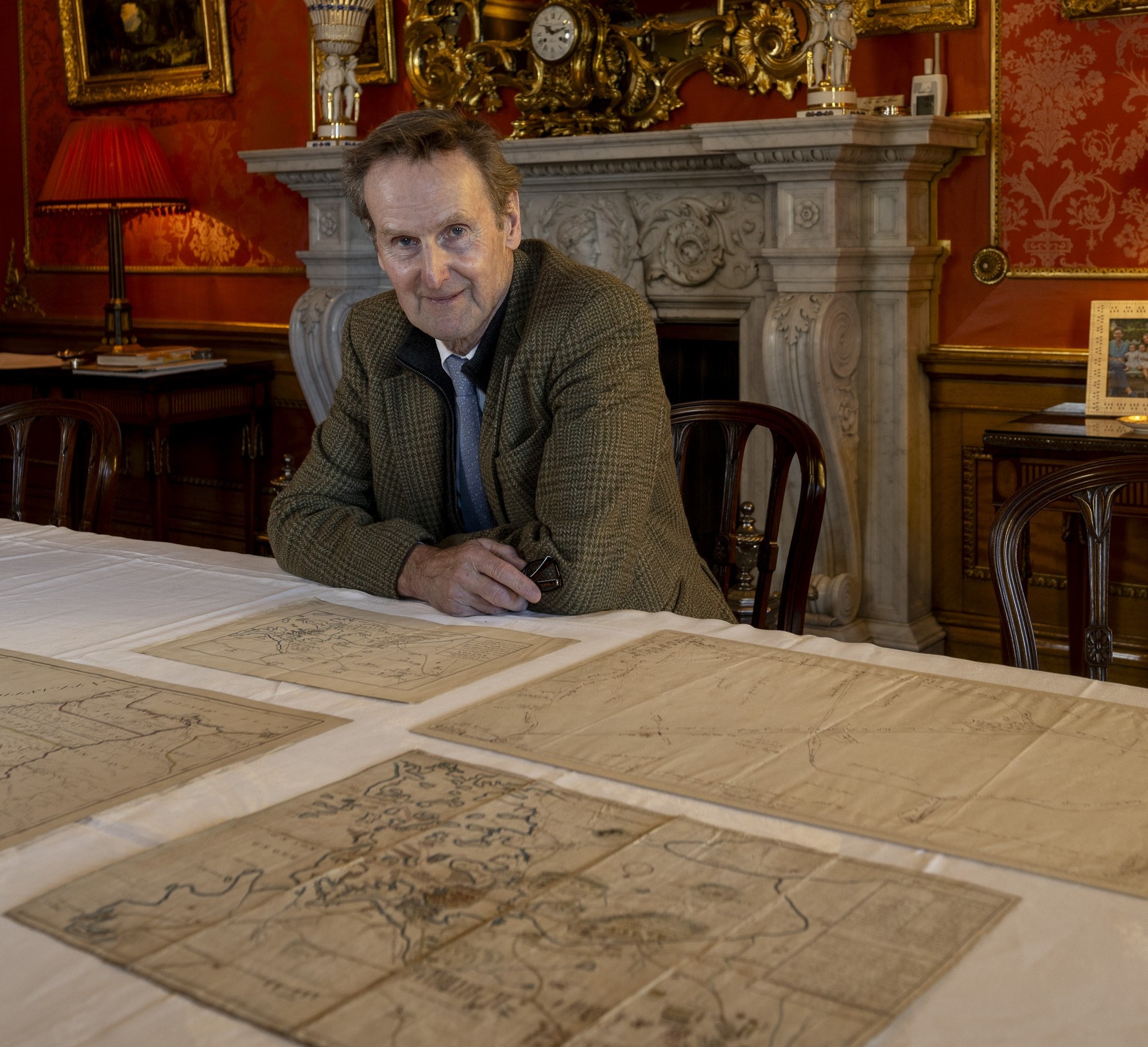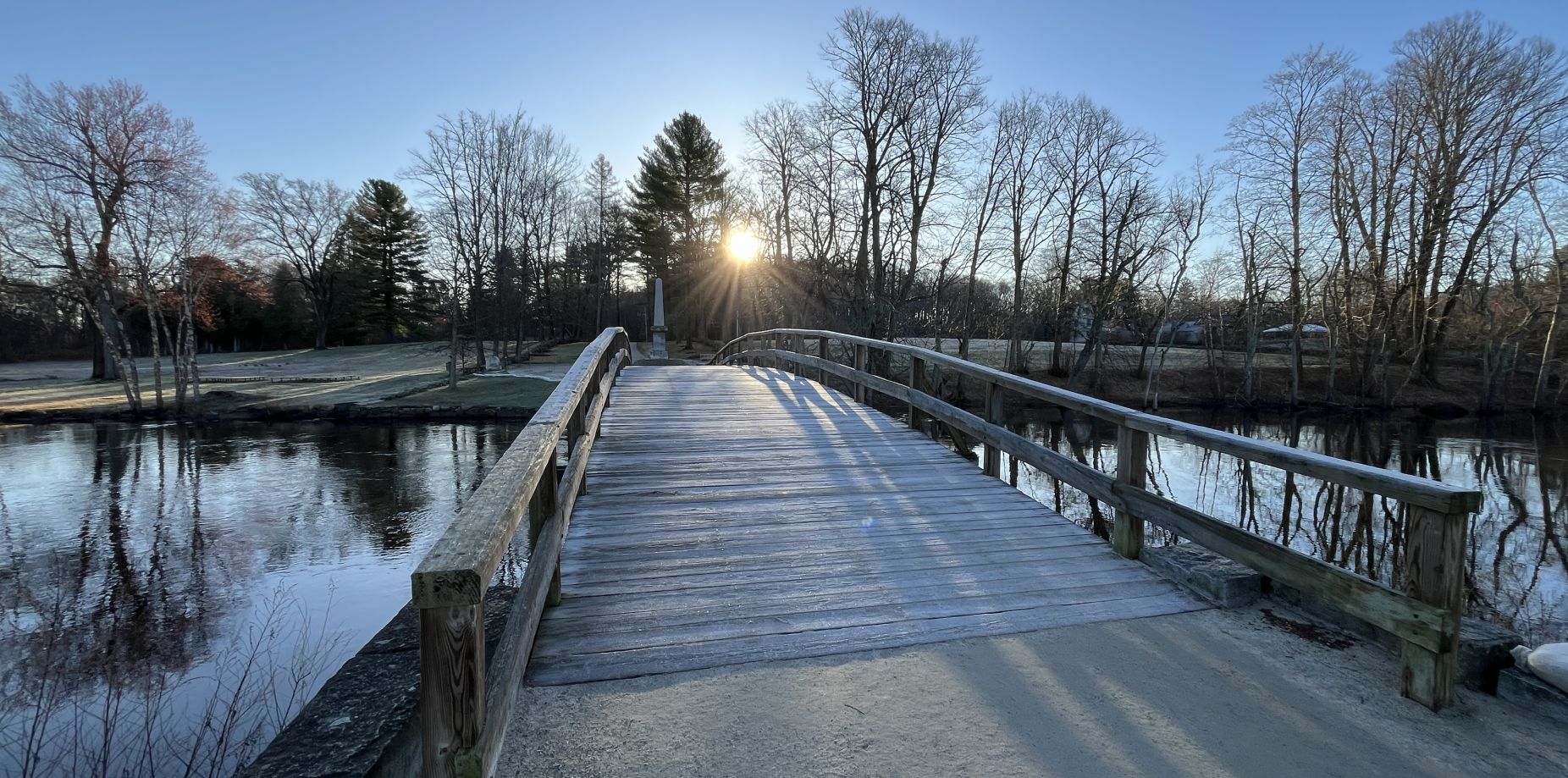This special issue looks at the dramatic and momentous events that occurred 250 years ago this month
-
Spring 2025
Volume70Issue2
Given the importance of April 19, 1775 in our nation’s history, the editors of American Heritage have produced a special issue dedicated to the events of that day.

The conflicts in Concord and Lexington were much more dramatic and complex than most people realize. Following up on orders from Lord North's government, British commander-in-chief Thomas Gage ordered 700 of his fittest grenadiers and marines to make a lightning strike against the growing resistance to his Majesty's government. He gave them secret orders to set off in the middle of the night to Concord to try to seize illegal weapons and gunpowder, and try to capture Samuel Adams and John Hancock. Needless to say, the expedition didn't turn out as planned.
The distinguished historian John Ferling leads off the issue with an overview on how the conflict began and the results of the "Shots Heard Round the World."
Then we have an essay on the dramatic action at Concord's Old North Bridge by Rick Atkinson, one of the most popular and respected historians writing today.
Michael Ruderman provides important details often left out of histories of that day in his essay on the forgotten battle of Menotomy, where more men died than any other location on April 19, 1775.
Recently, I had a profoundly moving experience when I traveled to Alnwick Castle in northeast England to view the incomparable collection of maps of the Revolution preserved by Ralph Percy, 12th Duke of Northumberland. He is a direct descendant of General Hugh Percy, commander of the British troops at Lexington, who collected dozens of maps relating to the war during four years in the American colonies and took them with him when he returned home. Many of the maps were drawn and colored by hand by his engineers -- a priceless and unique treasure of details of the Revolution.

Many of the dozens of maps where drawn by hand, unique, and rarely seen by historians. Photo by Kenneth Garrett
Looking carefully at one of the maps, labeled inconclusively as "A Map of Medford," I realized it contained specific details about the route from Lexington to Boston. After detailed analysis, I realized the handwriting on the map matched Percy's handwriting in his official report to Governor Gage, a original copy of which the Duke also owned.
In other words, the map I was looking at was drawn by Gen Percy himself in the hours after Lexington -- the first map of the first battle of the American Revolution. See my detailed report about the discovery in this issue.
America's 250th Anniversary starts in earnest this month, with many commemorations in Concord, Lexington, Arlington, and the Minute Man National Historical Park. In case you can't travel there for the commemorations, we have photographed 22 of our favorite places relating to the fateful conflict.
The dramatic conflicts on April 19 were a traumatic experience for residents of the area — their fathers and sons were killed, homes burned, property taken. As a result, many of the “witness houses” that there on that day and other historic sites have been saved and carefully preserved for the last 250 years. They are worth a visit.


